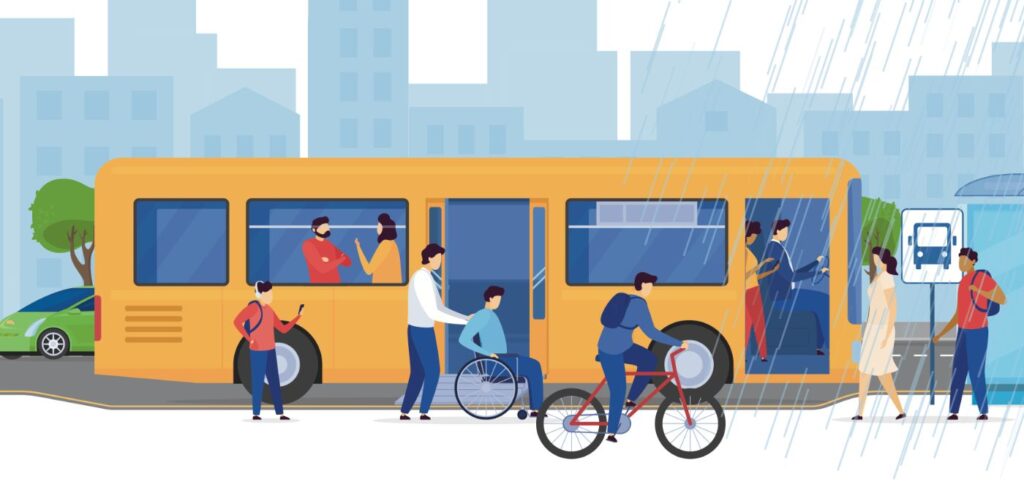Researchers at Traffic21, a transportation research institute at Carnegie Mellon University in the USA, have released a policy brief titled How to Make Sense of Bus Transit Automation? Considerations for Policymakers on the Future of Human-Automation Teaming in the Transit Workforce. The report looks at how automation will affect the operation of mass transit systems, and its authors urge officials and policymakers to preemptively consider the safety of incorporating automation technologies into their fleets and training operators to work effectively with these systems.
“Autonomous driving tools such as pedestrian warnings and lane-centering have the potential to improve the safety and workload of public transit operators, but only if these technologies are integrated properly,” said Sarah Fox, an assistant professor in the Human-Computer Interaction Institute (HCII) and a Mobility21 University Transportation Center researcher. “Automation can create new kinds of safety issues and can intensify work. Transit authorities need to examine the potential for changes now.”
The policy brief outlines the state of automation in public transportation, discusses the challenges and benefits of autonomous vehicle technology, and offers policy recommendations for federal officials. It notes that despite increasing automation, transit buses and vans will likely continue to need skilled human operators, even as these technologies are incorporated. It also highlights that transit operators must take into account road hazards, emergency vehicles and situations, and changing weather, and manage unruly and potentially dangerous behavior by passengers and assist with the needs of elderly riders or people with disabilities.
It also outlines that while automation has the potential to alleviate certain challenges for transit operators, it may also introduce new difficulties and make the work more intense. Transit operators must be aware of the safety issues caused by the interactions in human-autonomy teams and be prepared to handle the intensity of taking over from automation in the most challenging situations.
The brief suggests that while automation could eliminate jobs, the complexity of autonomous vehicle services may also create new positions for supervising and managing on-road autonomous systems and for maintaining highly complex, computerized vehicles. Furthermore, trained public transit operators are the best candidates for this work due to the high stakes and need for safety precautions. The transition, however, may be disruptive for workers who do not receive the training needed to supervise such highly automated systems.
“Even as autonomous vehicle technology is introduced in transit operations, trained operators will continue to play a critical role,” said Nikolas Martelaro, also an assistant professor in the HCII and a Mobility21 researcher. “The introduction of new technology will impact their duties and actions, as well as passenger safety and experience.”
The brief is available on Traffic21’s website here.


